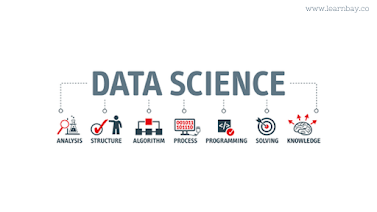One of the very important application areas for automation technology is manufacturing, to several people automation means only the manufacturing automation. In reality there are different kinds of automation which are defined in this blog and the uses of automation is briefly discussed. Generally there are three types, which are automation in production (fixed automation), programmable automation and flexible automation.
Note: To study Machine Learning and Artificial Intelligence please checkout Learnbay, it provides one of the best Machine Learning courses in Bangalore and AI courses in Bangalore.
Fixed automation which is also referred to as “hard automation,” refers to an automatic production facility within which the sequence of processing operations is fixed by the equipment configuration. In effect, the programmed commands are contained within the machines within the kind of cams, gears, wiring, and other hardware that could not be easily changed over from one product style to another different style. This kind of automation is usually characterized by high initial investment and high production rates. It’s therefore suitable for products that are made in large volumes. Samples of the fixed automation includes machine transfer lines found within the automotive industry, automatic assembly machines and other certain chemical processes.
Programmable automation could be a style of automation for producing products in batches. The products are generally made in batch quantities starting from numerous dozen to several thousands of units at one time. For every new batch, the assembly equipment must be programmed again and altered over to accommodate the new product style. This reprogramming and changeover takes time to accomplish, and there’s a period of non-productivity followed by a production to endure each new batch. Usually, the production rates in programmable automation are generally less compared to fixed automation, because the equipment is meant to facilitate product changeover instead of product specialization. A number-control machine may be an exemplar for programmable automation. The program is generally coded in most of the computer hardware for every different product style, and therefore the machine is controlled by the system program. Industrial robots could be taken as an example here.
Learnbay is a training center which provides one of the best Machine Learning courses in Bangalore and AI courses in Bangalore.








